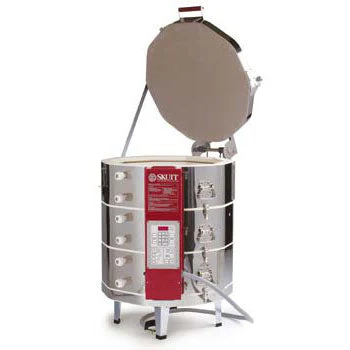Ceramic Clay
The clay used for ceramics can be vitrified (hardened to a glass like state) at high temperatures. This clay requires a kiln to make it as durable as possible.
Price
$1.50-2.00 per pound
(usally comes in 25 pound bags)

While by far the most commonly known form of sculpture, it is also underestimated for its required time and money commitment. That time is not lost on customers, and it is what makes ceramics a commonly purchased art.
Ceramics is often used to make larger sculptures and functional, food safe dishware. Ceramics is commonly thought to be only done on a spinning wheel, but dishes, cups, and vases can be hand sculpted
An intro class at your local pottery studio is the best way to learn, but there are videos and textbooks if you know where to look.
The difficulty comes from the lack of online resources, learning the necessary tools, and the initial learning curve.
The Kiln and Clay is what makes this hobby so expensive
The clay used for ceramics can be vitrified (hardened to a glass like state) at high temperatures. This clay requires a kiln to make it as durable as possible.
$1.50-2.00 per pound
(usally comes in 25 pound bags)
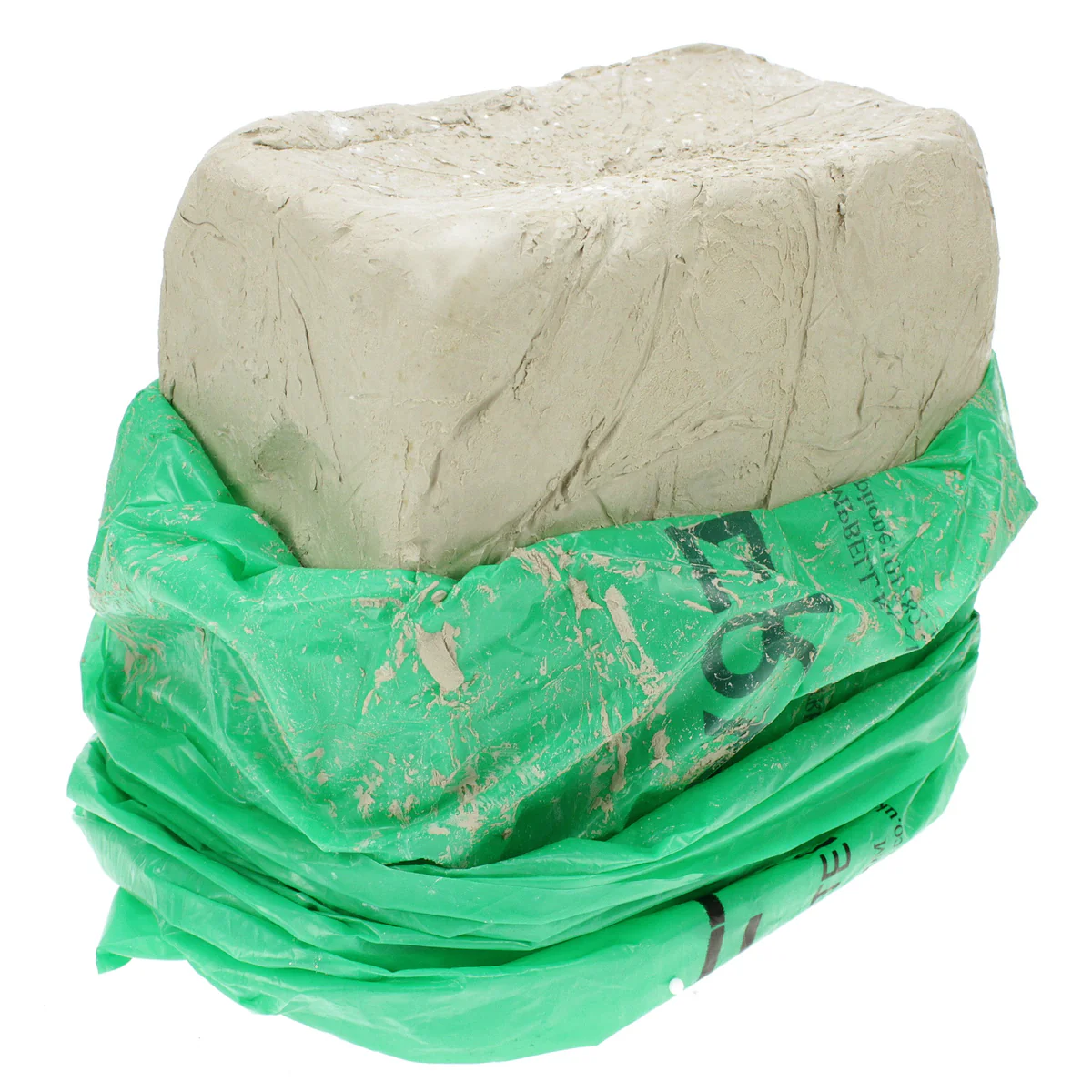
Clay is fired twice, and glaze is applied before the second time to give a piece color and give the shiny effect. Glaze basically melts into glass that makes an object food safe
varies base on clay body used
(most use mid to low fire clay)
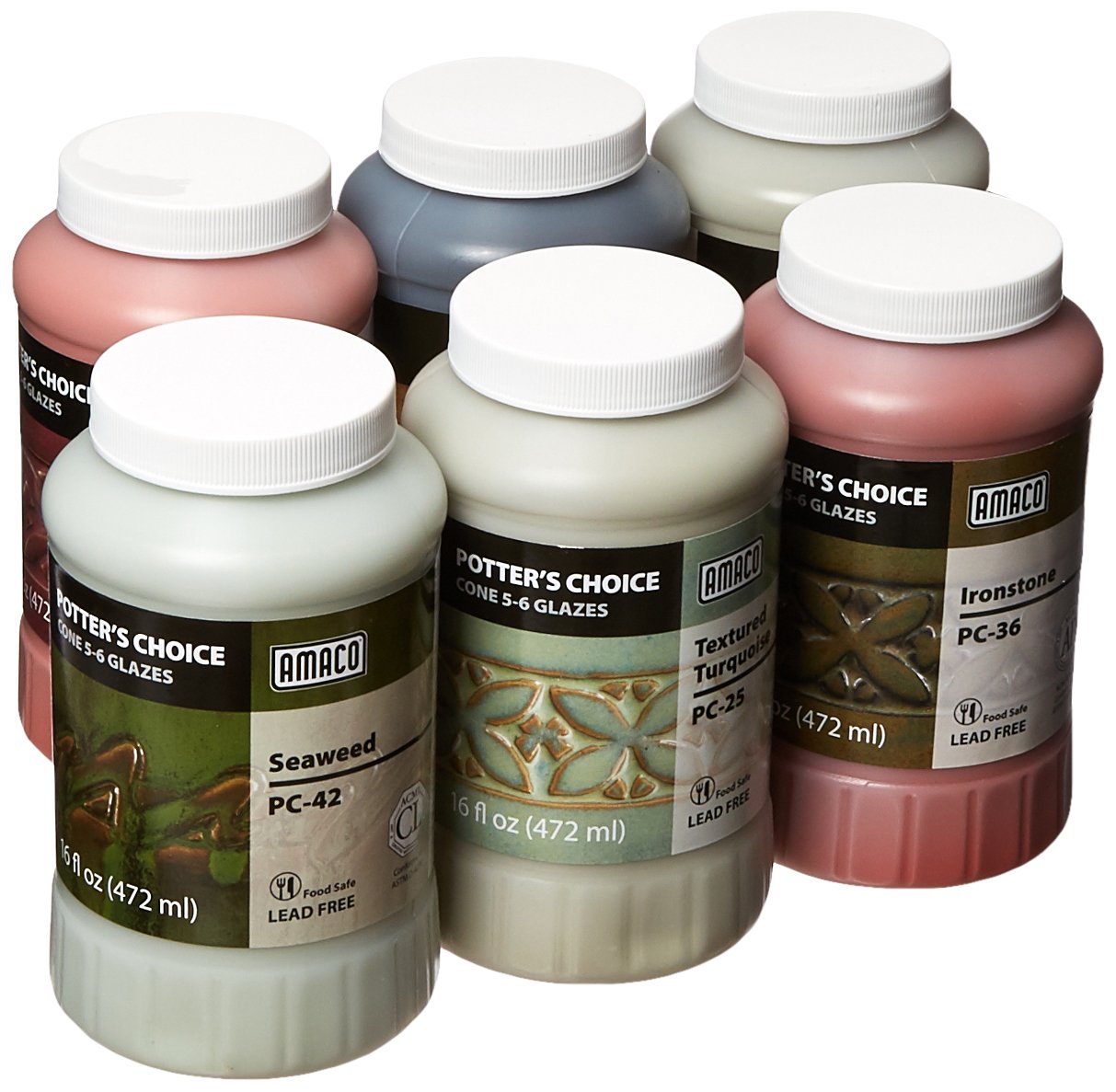

Carving tools are used to create carve out sections of clay and to be more precise in carving.
~$10
(can be obtained second hand for cheaper prices)
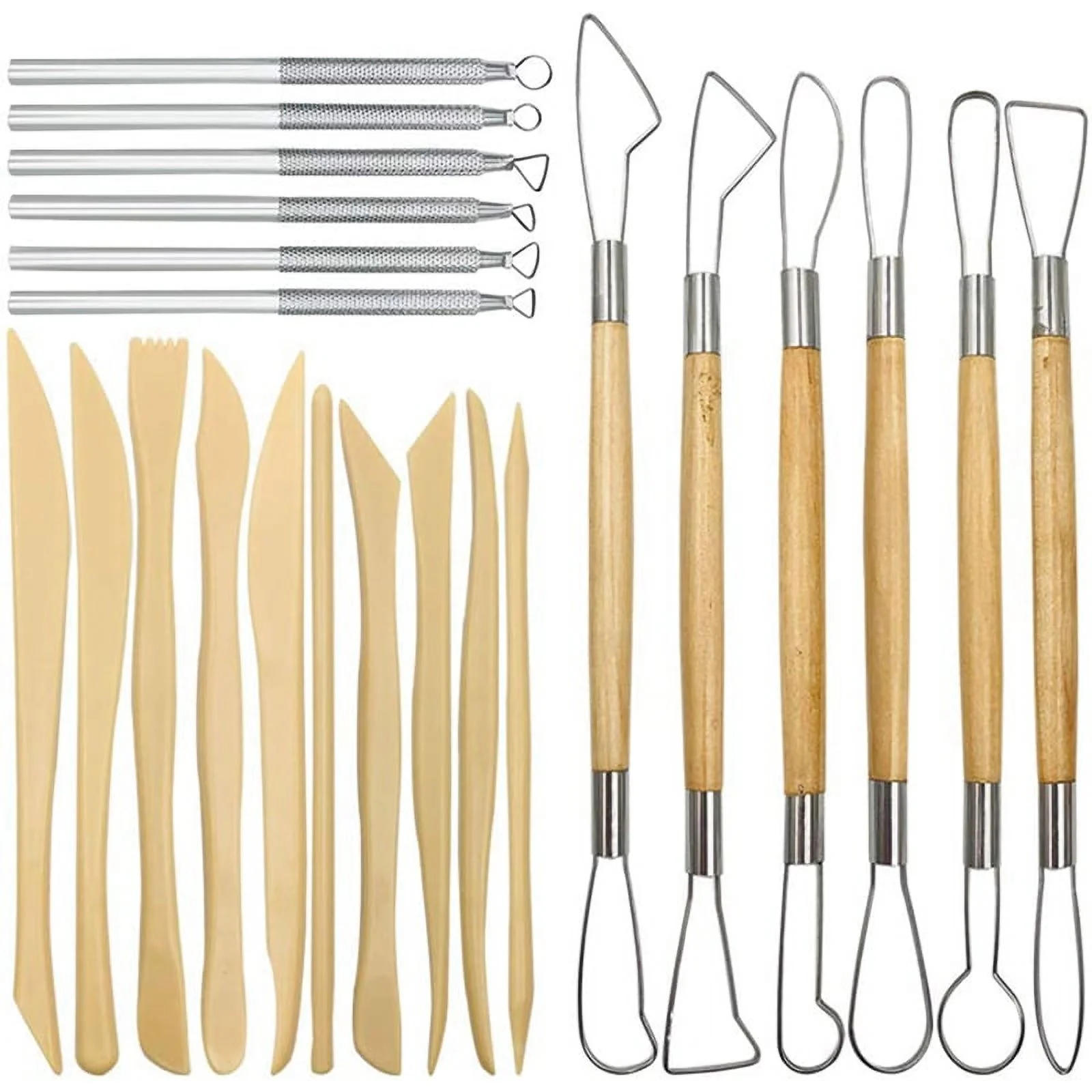
Clay comes in large blocks, and wires are necessary to cut a small section of clay from the larger block.
~$3
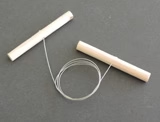
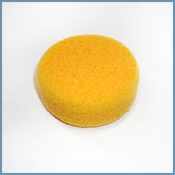
Kilns are ovens that go to thousands or degrees to vitrify clay. Clay goes into the kiln twice: once for a bisque fire and then a glaze fire.
~$13-$60 per shelf (for kiln share)
~$1000-$10000 (for purchasing one)
